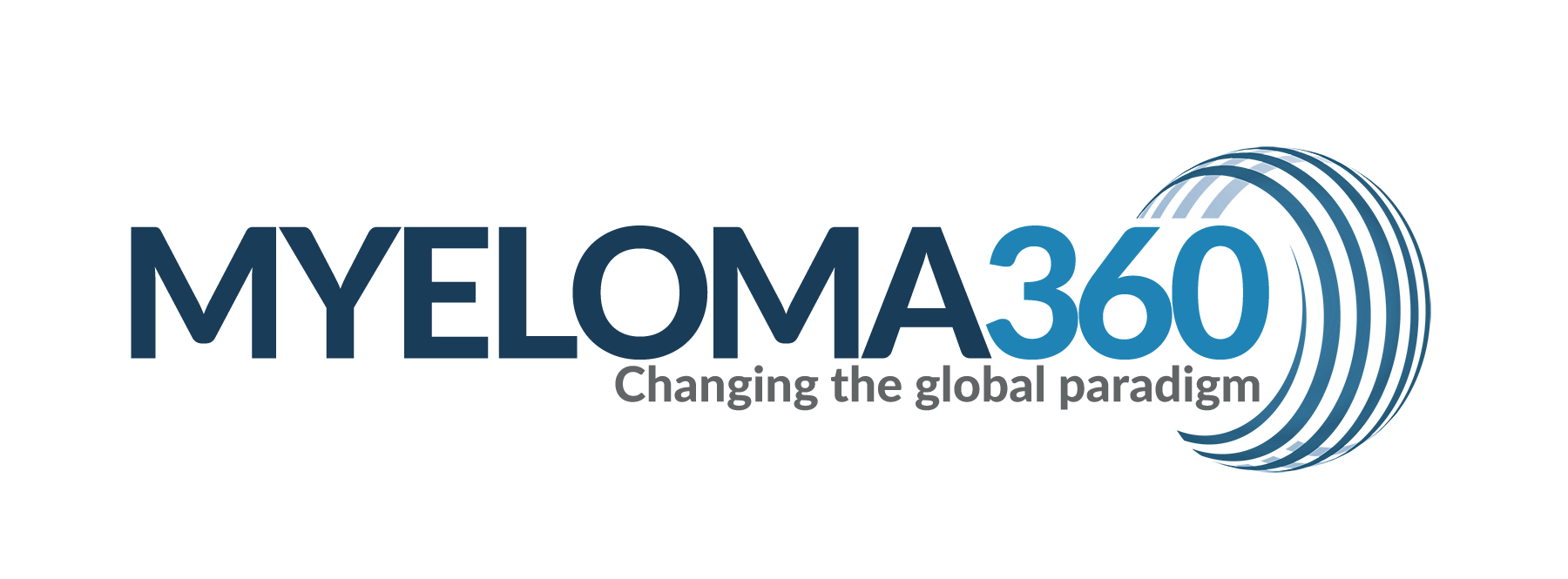Transplant Cell Ther. 2024 Jun 7:S2666-6367(24)00438-X. doi: 10.1016/j.jtct.2024.06.001. Online ahead of print.
ABSTRACT
BACKGROUND: Upfront autologous stem cell transplantation (auto-SCT) remains standard of care for eligible patients with newly-diagnosed multiple myeloma (NDMM), although recently its role has been questioned.
OBJECTIVE: The aim of the study was to evaluate trends in patient characteristics, treatment, and outcomes of NDMM who underwent upfront auto-SCT over three decades.
STUDY DESIGN: We conducted a single-center retrospective analysis of patients with NDMM who underwent upfront auto-SCT at MD Anderson Cancer Center between 1988 to 2021. Primary end points were progression-free survival (PFS) and overall survival (OS). Patients were grouped by the year of auto-SCT: 1988-2000 (n=249), 2001-2005 (n=373), 2006-2010 (n=568), 2011-2015 (n=815) and 2016-2021 (n=1036). High-risk cytogenetic abnormalities were defined as del(17p), t(4;14), t(14;16) and 1q21 gain or amplification by fluorescence in situ hybridization.
RESULTS: We included 3041 MM patients in the analysis. Median age at auto-SCT increased from 52 years (1988-2000) to 62 years (2016-2021), as did the incidence of high-risk cytogenetics from 15% to 40% (p<0.001). Comorbidity burden, as measured by a Hematopoietic Cell Transplantation-Specific Comorbidity Index (HCT-CI) of >3, increased from 17% (1988-2000) to 28% (2016-2021) (p<0.001). Induction regimens evolved from predominantly chemotherapy to immunomodulatory drug (IMiD) and proteasome inhibitor (PI) based regimens, with 74% of patients receiving IMiD-PI triplets in 2016-2021 [39% bortezomib, lenalidomide and dexamethasone (VRD) and 35% carfilzomib, lenalidomide and dexamethasone (KRD)]. Response rates prior to auto-SCT steadily increased, with 4% and 10% achieving a ≥CR and ≥VGPR compared to 19% and 65% between 1988-2000 and 2016-2021, respectively. Day 100 response rates post auto-SCT improved from 24% and 49% achieving ≥CR and ≥VGPR between 1988-2000 to 41% and 81% between 2016-2021, respectively. Median PFS improved from 22.3 months between 1988-2000 to 58.6 months between 2016-2021 (HR 0.42, p<0.001). Among patients with high-risk cytogenetics, median PFS increased from 13.7 months to 36.8 months (HR 0.32, p<0.001). Patients aged ≥65 years also had an improvement in median PFS from 33.6 months between 2001-2005 to 52.8 months between 2016-2021 (HR 0.56, p=0.001). Median OS improved from 55.1 months between 1988-2000 to not reached (HR 0.41, p<0.001). Patients with high-risk cytogenetics had an improvement in median OS from 32.9 months to 66.5 months between 2016-2021 (HR 0.39, p<0.001). Day 100 non-relapse mortality from 2001 onwards was ≤1%. Age-adjust rates of second primary malignancies were similar in patients transplanted in different time periods.
CONCLUSIONS: Despite increasing patient age and comorbidity burden, this large real-world study demonstrated significant improvements in the depth of response and survival outcomes in patients with NDMM undergoing upfront auto-SCT over the past three decades, including those with high-risk disease.
PMID:38852784 | DOI:10.1016/j.jtct.2024.06.001
